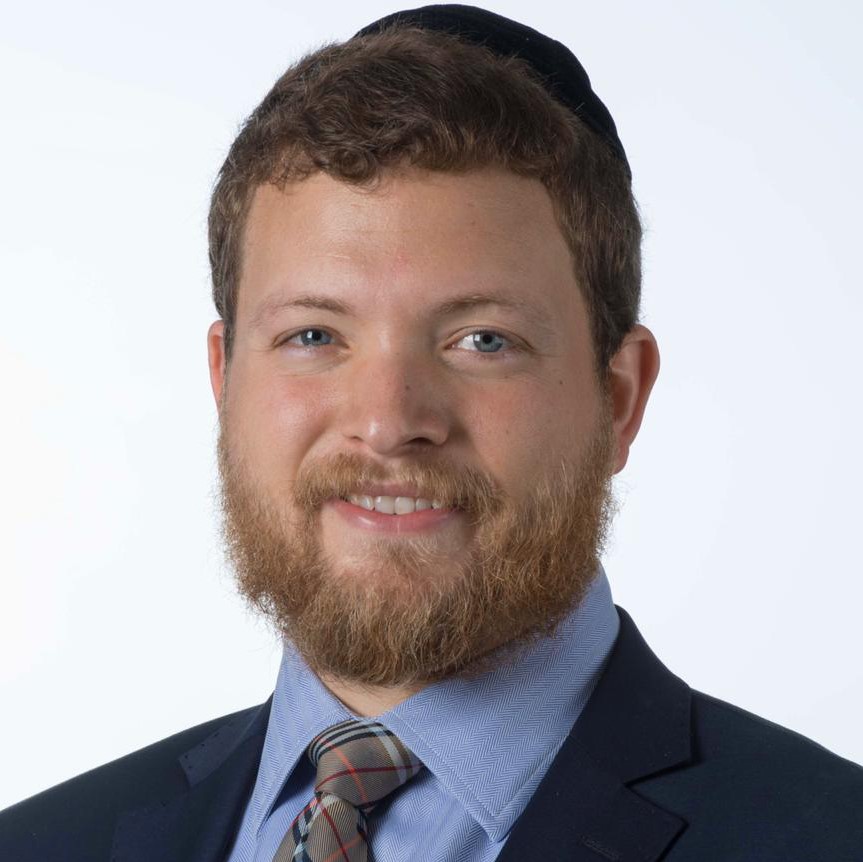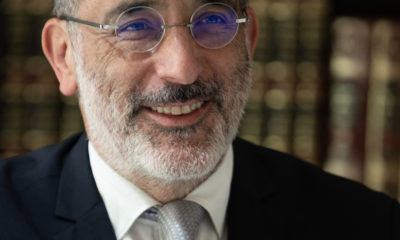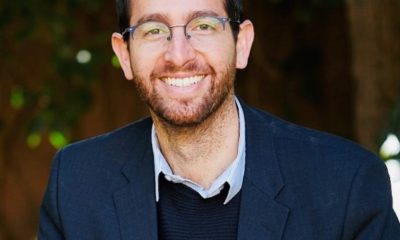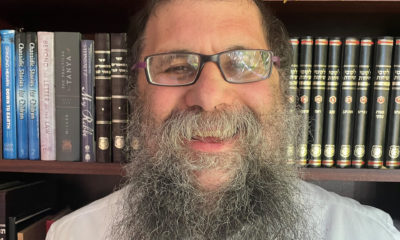
Parshot/Festivals

Blasting our way out of our tears
When you think of Rosh Hashanah, what comes to mind? While there are so many customs, rituals, and traditions associated with this holiday, no doubt the shofar stands out as the featured highlight.
Although this year’s high holidays will undoubtedly be very different to what we’re used to – no long shul services or tables full of guests – still, the piercing blasts of the ram’s horn, which very much epitomises this festival, is still the main mitzvah.
Many reasons are given for blowing the shofar, ranging from heralding G-d’s commandments to accepting the divine will upon us to repent for our past sins. The name Rosh Hashanah, though, is nowhere in the Torah. It’s biblically called Yom Teruah, the day of teruah sounds.
Traditionally, we blow three types of sounds with the shofar: tekiah, shevarim, and teruah. We begin with the tekiah which is a long straight blast. Shevarim is an intermediate, broken set of three sounds, and teruah is nine short, fragmented ones resembling groaning. Like following a template, we blow multiple sets of this sequence of blasts, concluding with tekiah gedolah, a final extended, unbroken blast.
Of all names to represent this yom tov, why does the Torah call it Yom Teruah, a moniker for the broken sounds? Why is the Jewish new year highlighted by these broken kvetches?
Consider the past six months since lockdown in its various stages. It has had an impact on so many of us, literally affecting people emotionally, financially, and psychologically. Who isn’t struggling in some way?
One symbolism of the teruah sounds is the weeping sobs that so many feel deep inside. But the repeated sequence of shofar sounds reminds us that the clouds can’t remain overcast for too long. The sun will soon re-emerge. Growth is possible only when there is a shortage, when something is lacking. Groaning is our way of remembering that it’s time to grow. It’s a way of reminding ourselves and others that something requires repair. The broken sounds are consistently followed by complete and triumphant blasts.
Of course, moaning alone is insufficient. It has to be followed up by action. Kvetchingshould be our way of pushing ourselves to rectify whatever warrants our sobs. Tekiah symbolises our pristine core essence, our soul, a part of G-d. Perhaps this is why we never blow shevarim or teruah on their own. They are always preceded and followed by the wholesome, unbroken tekiah, acknowledging that we are whole in our essence, and nothing can truly break us. From our broken hearted shevarim and teruah can emerge a new tekiah, complete wholesomeness.
A Chassidic adage says, “There is nothing so whole as a broken heart.” Like seeds that decompose before they sprout and blossom, we, too, experience challenges and pain in life from which we grow and prosper. Great things never come from comfort zones.
During these past months, we have been wearing masks for protection and prevention of transmission. A mask is an opportunity to see beyond the skin, to look deeper inside ourselves and those around us. Rosh Hashanah is when we are empowered to embrace all our struggles and rebound from them to the reality of a new year with brand-new opportunities. As we tune into and internalise this message of the shofar, may G-d answer each of our prayers to be inscribed and sealed for a sweet new year filled with an abundance of health, prosperity, and happiness!
- Rabbi Ari Kievman is the rabbi of the Sandton Central Shul at the Kirsh Goodness & Kindness Centre.










